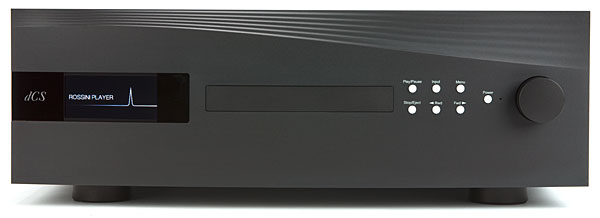It has been 20 years since I first became aware of the British company Data Conversion Systems, which manufactures audio products under the dCS brand. Rather than use off-the-shelf conversion chips, the groundbreaking dCS Elgar D/A converter, which I reviewed in our
July 1997 issue, featured a then-unique D/A design that they called a Ring DAC. This featured a five-bit, unitary-weighted, discrete DAC running at 64 times the incoming data's sample rate2.822MHz for 44.1kHz-based data, 3.07MHz for 48kHz-sampled data and its multipleswith upsampling and digital filtering and processing implemented in Field Programmable Gate Arrays (FPGAs). Oversampling to a very high sample rate allows the word length to be reduced without losing resolution, and use of a low-bit multi-bit DAC makes for very high accuracy in the analog voltage levels that describe the signal. (If this seems like voodoo, for a given signal bandwidth, bit depth and sample rate are related. To oversimplify, double the rate, and you can reduce the bit depth by one bit while preserving the overall resolution.)
